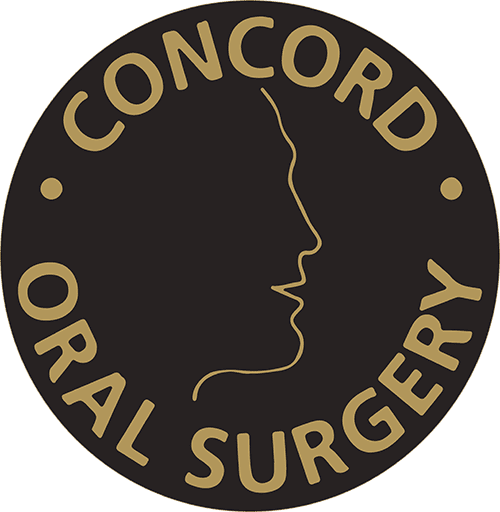
Can You Write Off Dental Implants in Canada?
In this blog, you will learn what is deductible, how much you can claim based on your income, how to file your tax return, and tips to help you plan for your dental implant costs during tax season.

Do Impacted Canine Teeth Always Need Surgery?
In this blog, we explain how impacted canine teeth are diagnosed, when surgery might be needed, and what treatment options are available to guide eruption.

Chin Surgery for Facial Balance, Profile Correction, and Functional Support
In this blog, you will learn what genioplasty is, who can benefit, how the procedure works, and what to expect from recovery.

How Long Can You Wait Between Bone Graft and Dental Implant?
In this blog, we will explain the ideal healing window, what happens if you delay, and how Concord Oral Surgery ensures your treatment stays on track.

Warning Signs Your Dental Bone Graft May Not Be Healing Properly
In this blog, you will learn how to recognize the symptoms of dental bone graft failure and what to do if you notice a problem.

A Closer Look at Major Restorative Dental Care Services
In this blog, we break down the procedures included in major restorative dental care and explain how oral surgery helps rebuild function and support long-term results.

Top Oral Surgeons in Vaughan in 2025
In this blog, you will learn which clinics rank highest in the area and what sets Concord Oral Surgery apart.

How Long Do Wisdom Teeth Stitches Take to Dissolve?
In this blog, we explain the types of stitches commonly used after wisdom tooth removal, what to expect as they begin to dissolve, and how to care for your mouth during the healing process.

Foods To Avoid After Oral Surgery and What To Eat Instead
In this blog, you will learn which foods to avoid after oral surgery, what to eat instead, and how to support proper healing for a smooth recovery.

Are Dental Implants Worth The Investment?
In this blog, we explain whether dental implants are worth the investment, what makes them a long-term solution, and how to know if they are the right choice for you.

Symptoms of a Failed Sinus Lift: What You Need to Watch For
In this blog, we cover what a sinus lift is, how normal healing should feel, the symptoms of a failed graft, and what to do if something doesn’t seem right.

Can Dental Implants Fall Out? What You Need to Know Before and After Treatment
In this blog, we explain why dental implants can fall out, how to tell if yours is at risk, and what you can do before and after treatment to protect your results.
